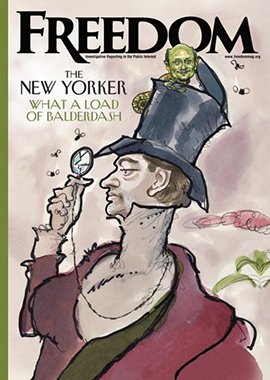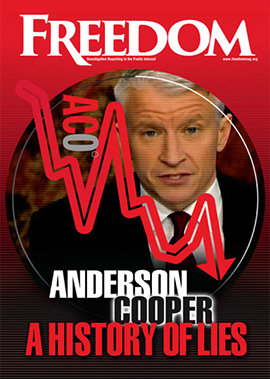James Speiser always loved animals. When he was a kid, he owned a canary he named “Birder.” Then he had a chicken he named “Chicken.” After that he owned a duck that he named “Ducker.” When finally he owned a dog, Speiser named him “Zeke,” apparently surrendering to the urge to branch out.
These were the baby steps Speiser took en route to becoming a veterinarian—a tremendously successful and popular veterinarian.
Today his practice in Indianapolis delivers 24-hour critical care, seven days per week in addition to the more basic veterinary services. He employs specialists in surgery, internal medicine, ophthalmology and other specialties, making it the premiere veterinary hospital in the state of Indiana. General practitioners in the area use his facility for their own patients that need a CAT scan, an MRI or lengthy rehabilitation. Speiser and his crew have put horribly arthritic and paralyzed pets back on their paws through their physical therapy program.
But Speiser’s journey to the top was marked by some comical stumbles and fumbles. His first job in the field was in a veterinary lab during his college years. Speiser nearly squelched his career when he was caught squirting a thick, sugar solution from the lab all over a fellow worker during what they used to call a “sheather fight.” The dean of the veterinary college stood right next to Speiser’s victim when he squirted him.
He managed to stay in veterinary college, only to be rotated into working with large animals. It was, for Speiser, a large disaster. While milking a cow suffering a streptococcus infection, the bovine kicked the bucket, drenching Speiser. The next day he came down with streptococcus.
“And it was at that moment that I had a realization,” says Speiser. “I’m not doing large animal medicine. I’m a small animal vet. That’s it.”

During his postgrad internship, Speiser decided to open his own practice, so he lured another intern to join him, and they settled on buying a practice in Indianapolis. But at the last moment, the seller decided not to sell, and Speiser was in Indianapolis without a job.
Still determined that Indianapolis was the place for him, he and his partner drove the entire city searching until finally a piece of good luck came their way. They were able to set up shop in a farmhouse, but after opening their doors, business was brutally bad.
His second piece of good fortune landed in his lap when he looked into a survey from an administrative technology company that used L. Ron Hubbard’s approach. After applying the Hubbard administrative technology, the business for his little veterinary hospital took off. He had to recruit other veterinarians.
One of them, Dr. Kelly Lee Barnes, would become his wife. But even with a new better half and the hired help, the couple still had to work 60-70 hours a week. It was time to expand.
Speiser decided to buy a newly vacant 30,000-square-foot building down the street—more than six times larger than his current hospital. On moving day, locals were treated to a spectacle of Speiser and his fellow medics caravaning their “patients” down the street on gurneys trailing IV fluid pumps and other medical paraphernalia.
His next patient was a horse with salmonella poisoning. Speiser had the misfortune of being behind the horse when nature called, drenching him. Back to his sickbed he went.
Today, James Speiser is a happy, successful and very busy veterinarian, whose amazing story is being broadcast in one of the Meet a Scientologist episodes broadcast on the Scientology Network.
Now fully staffed with surgeons and other specialists, Speiser has found the time to cement a business relationship with the Indianapolis Zoo, through which he’s managed to do a bit of large animal work after all. He is proudest of his treatment of a sick tiger, and also has worked with the zoo’s sea lions and penguins.






















